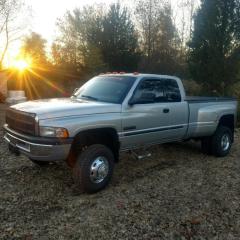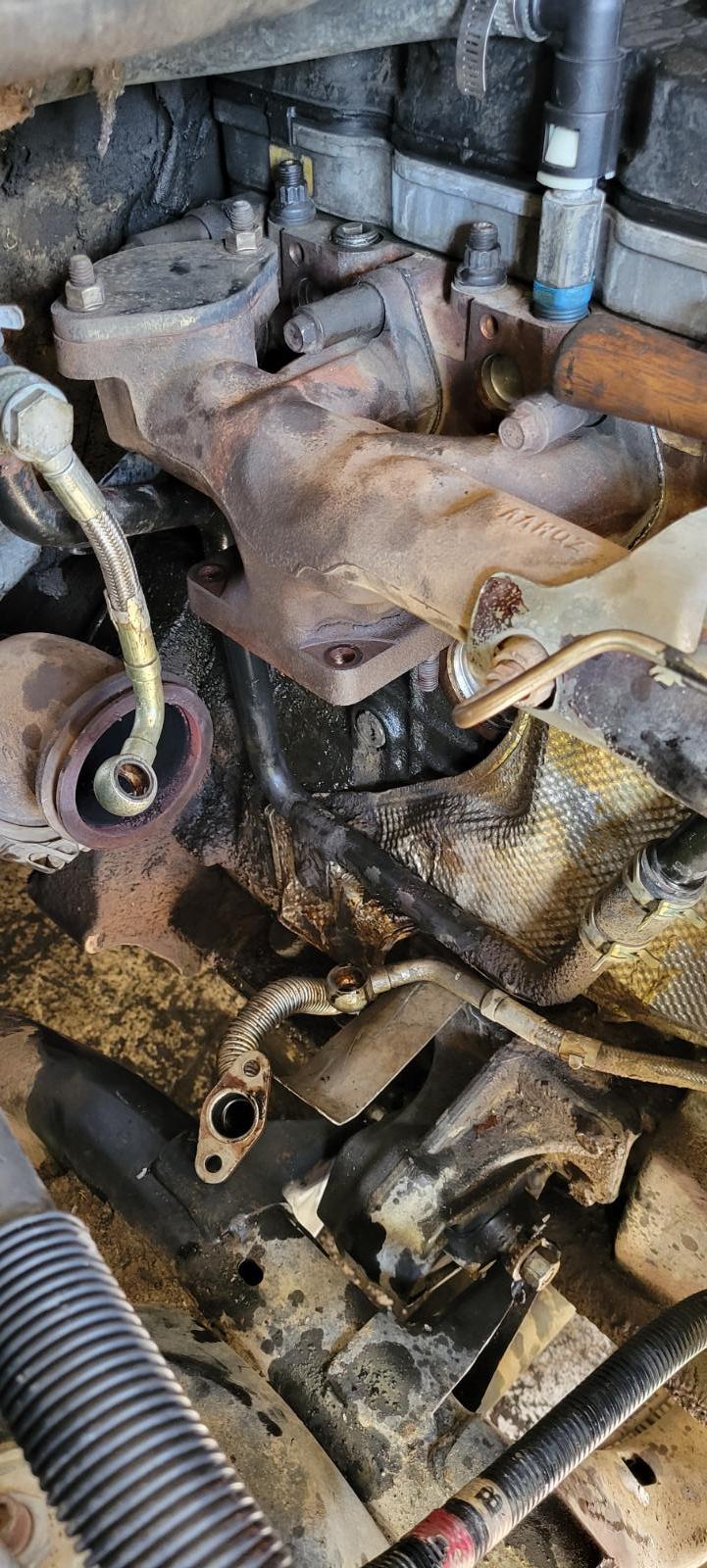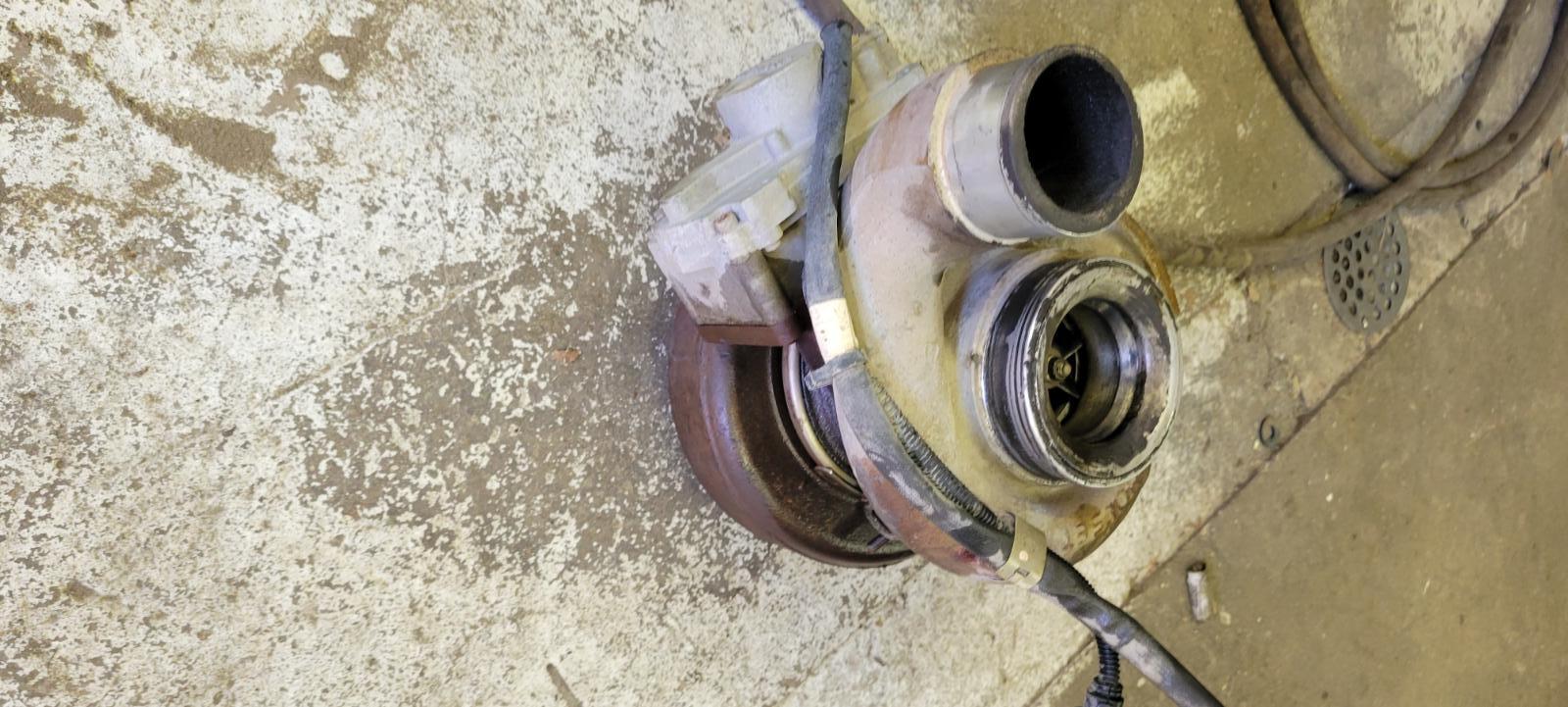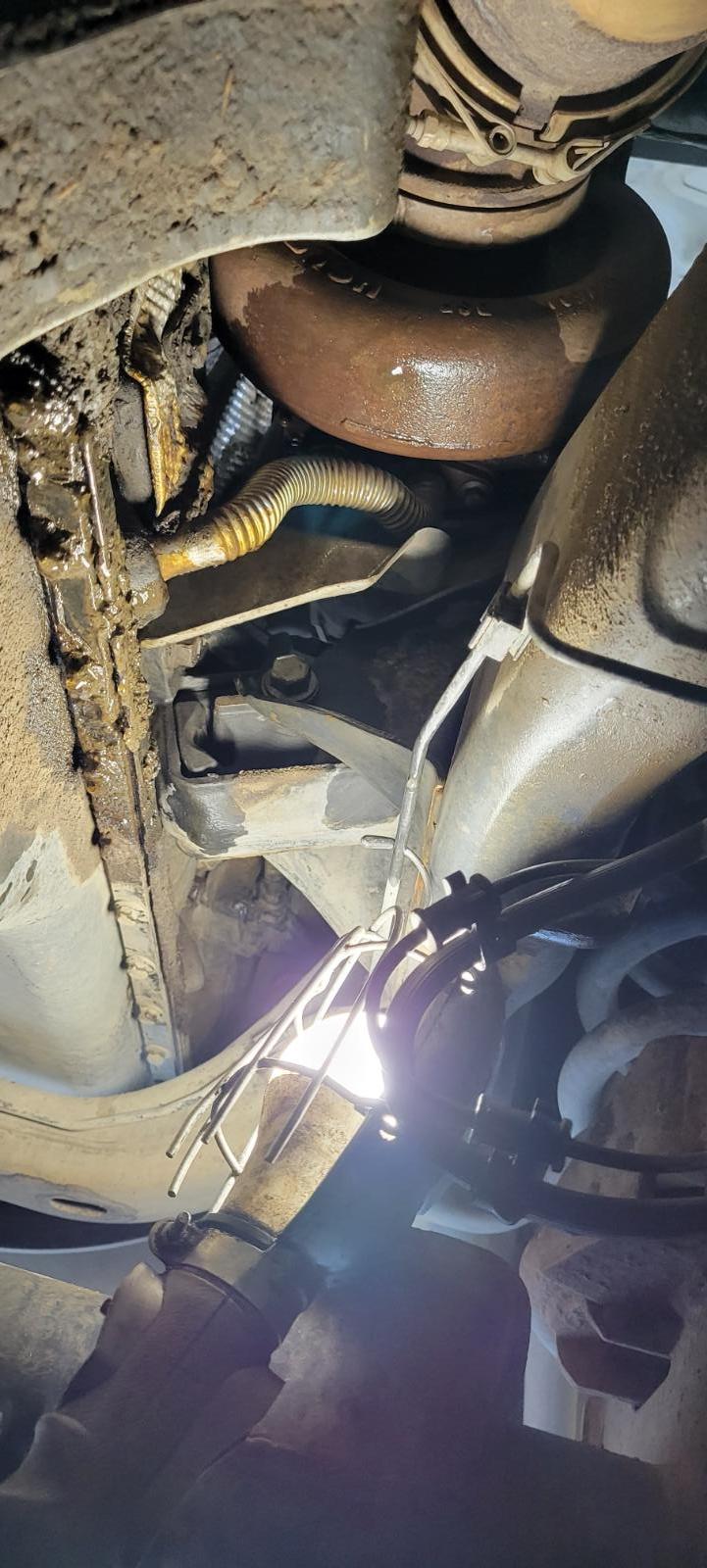- Replies 3
- Views 4.7k
- Created
- Last Reply
Top Posters In This Topic
-
Mopar1973Man 1 post
-
dieselautopower 1 post
-
Max Tune 1 post
Popular Days
Most Popular Posts
-
Thanks for sharing the tips for removal. Engine compartments don't seem to be getting any bigger.
-
Frickin engineers.....
-
Personally I see several issues with a VGT turbo and where it's located on the engine and why the failures I've been seeing. So far the two this year had burned up controllers and possibly bad bearing









I had another VGT turbo to replace on a 3rd Gen Truck. Still not an easy task for truck owners to do. First off I have been getting my replacement rebuilt turbos from @dieselautopower and they have turbos in stock that are already calibrated and ready to install. Now like any other turbo install we have to remove all surrounding tubing and air ducts hooked to the turbo. The air filter and air intake all get removed and the discharge tube goes to the intercooler. Next step you might want to drain the coolant down. Yup, there is a coolant line between the turbo and they are on both top and bottom. The bottom two connections are a pain in the rear to get at. I'm going to give away a secret take a crowbar and push that heat shield right up against the engine mount. Remove both the oil and coolant supply top side) and oil and coolant returns (bottom of the turbo). Remove the rear elbow on the exhaust in this case I only detached the exhaust elbow and had plenty of room to get free and out of the way. Now the last step on the turbo is the 4 nuts holding the turbo to the exhaust manifold. These are stainless nuts and my magnetic induction wand doesn't work on those. Back to propane torch and PB blaster.
Now you going to find out there is no way to get the turbo off the studs of the manifold because there is no room for the turbo to drop far enough to clear the studs. Now here is where most people might come up short. I break the passenger side engine mount loose and then using a cherry picker lift the engine from the front engine mount just enough that the turbo can be removed and lifted out of that tight pocket the turbo sits in.
So tool-wise wise everything can be done with standard tools. I will warn I've seen a video where people change VGT turbos by cutting the studs off with a saw-all and then deal with the stud removal later after the turbo is removed. I'd rather not make a bigger mess and have to cut these and just lift the engine a little bit and gain the room needed to change the turbo.
Edited by Mopar1973Man